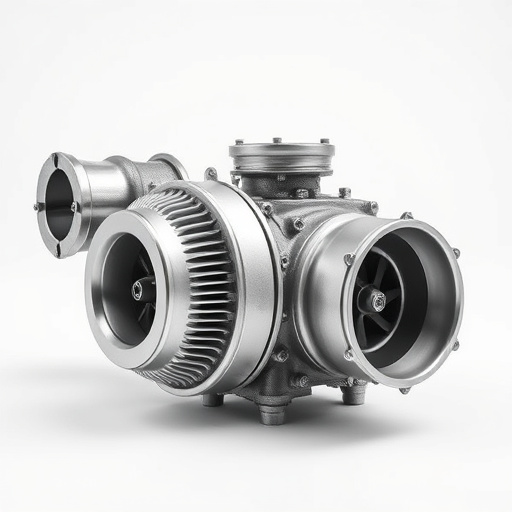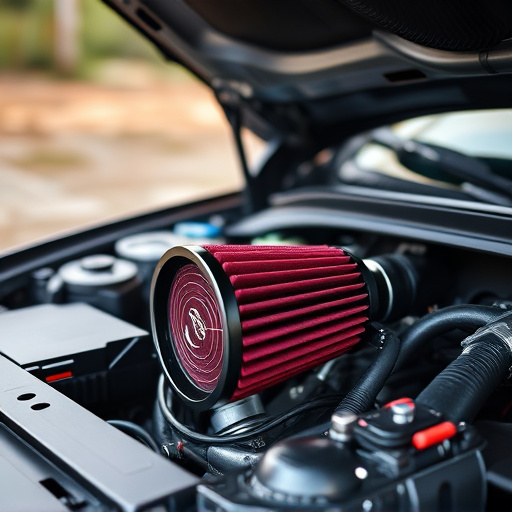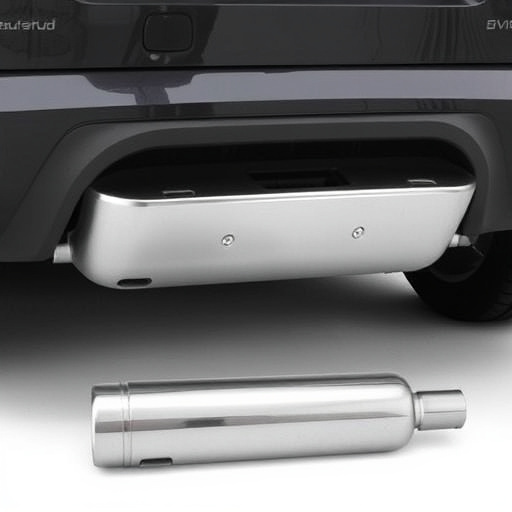ECU tuning optimizes vehicle performance by modifying software settings in the car's computer, controlling engine parameters and enhancing power, torque, and drivability. Reverting to stock settings requires backing up current settings, downloading stock files, replacing custom maps with manufacturer specs, and testing for optimal functioning. Returning to stock settings offers consistency in fuel economy, emissions control, and reassessing the impact of performance upgrades.
“Uncover the power of ECU (Engine Control Unit) tuning and its potential reversibility in this comprehensive guide. While many enthusiasts explore custom settings, understanding how to revert back to stock is an often-overlooked aspect. This article provides a detailed overview of ECU tuning, offering a step-by-step process for reversion, and highlights the benefits and considerations of returning to manufacturer settings. Whether you’re curious about tuning or seeking to undo changes, this guide ensures you’re equipped with the knowledge.”
- Understanding ECU Tuning: A Comprehensive Overview
- Reverting ECU Changes: Step-by-Step Guide
- Stock Settings: Benefits and Considerations After Tuning
Understanding ECU Tuning: A Comprehensive Overview
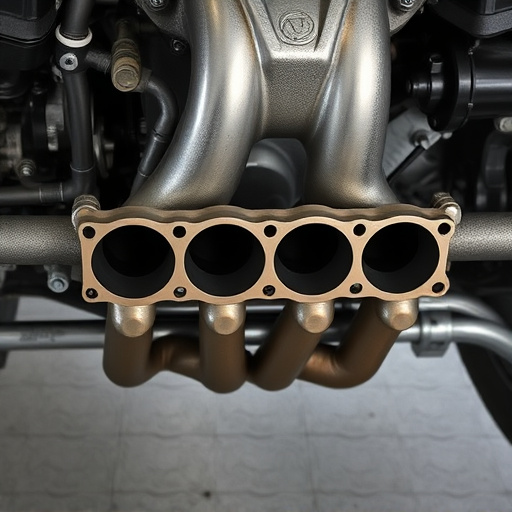
ECU tuning, short for Engine Control Unit tuning, is a process that involves modifying the software settings within your vehicle’s computer to optimize its performance. This sophisticated technology allows for precise control over various engine parameters, such as fuel injection, ignition timing, and emissions controls. By adjusting these settings, enthusiasts can enhance power output, torque, and overall drivability.
The ECU acts as the brain of your vehicle’s engine, receiving data from sensors and sending commands to other systems like the fuel injectors, spark plugs, and even exhaust systems. Tuning involves making adjustments to the mapping tables and calibration files that dictate how the ECU responds to these inputs. For instance, installing a performance air filter can affect airflow readings, prompting a tune to compensate for any potential lean or rich conditions. Similarly, modifications to suspension components might require updates to ensure optimal handling and stability control settings.
Reverting ECU Changes: Step-by-Step Guide
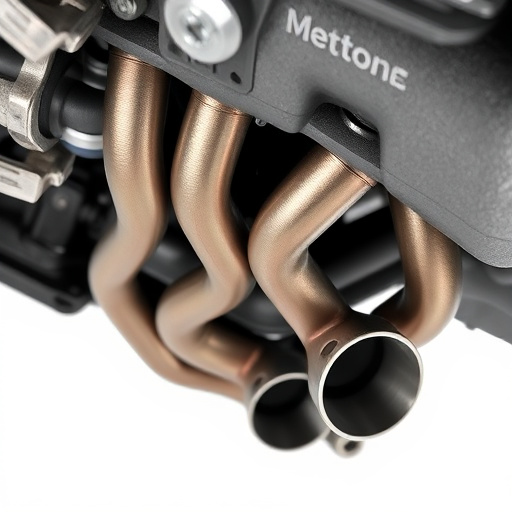
Reverting ECU changes back to stock settings is a process that requires careful precision and a deep understanding of your vehicle’s internal computer system, or ECU (Electronic Control Unit). While it might seem appealing to return to factory settings after trying custom tuning, it’s crucial to remember that altering the ECU can significantly impact performance, fuel efficiency, and emissions.
Here’s a step-by-step guide for reverting ECU tuning changes:
1. Backup Your Current Settings: Before making any changes, back up your current ECU tuning map. This ensures you have a reference point in case something goes wrong during the revert process. You can typically access this through specialized software designed for your vehicle’s make and model.
2. Identify Stock Tuning Files: Download and locate the stock ECU tuning files specific to your vehicle’s year, model, and engine type from the manufacturer’s website or a reputable source. These files hold the original programming for optimal performance straight from the factory.
3. Replace Custom Maps: Using the software interface, replace the custom tuning maps with the stock ones you downloaded. Double-check that all parameters, including spark timing, fuel injection, and throttle response, align with the manufacturer’s specifications.
4. Test Drive and Calibration: After reverting, take your vehicle for a test drive to ensure everything functions as expected. Some vehicles may require a brief recalibration of sensors or a new throttle body alignment after making significant changes and then reverting.
Stock Settings: Benefits and Considerations After Tuning
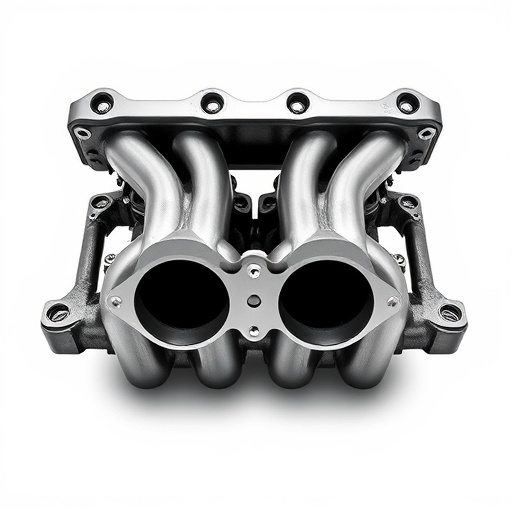
After undergoing ECU tuning, many vehicle owners wonder about the benefits and considerations of reverting back to stock settings. One significant advantage is the restoration of the vehicle’s original performance balance. Stock settings are meticulously engineered by manufacturers to ensure optimal efficiency and reliability across a wide range of driving conditions. Returning to these settings can provide a more consistent driving experience, especially in terms of fuel economy and emissions control.
Additionally, reverting to stock settings allows for a reset of various performance components that may have been altered during tuning. This is particularly relevant when considering upgrades like performance exhaust systems, intake components, or coilover kits. By going back to stock, owners can better assess the effectiveness of these modifications and make more informed decisions about future enhancements, ensuring their vehicle remains in peak condition while catering to their desired level of performance.
ECU tuning, while offering performance enhancements, is not permanent. Should you wish to revert back to stock settings, it’s a straightforward process thanks to modern technology. By carefully following the step-by-step guide outlined in this article, you can easily navigate the reversion journey and enjoy the benefits of stock ECU settings once more. Remember, understanding ECU tuning and its reversibility is key to making informed decisions regarding your vehicle’s performance.










